
At the royal wedding of Nov. 20, 1947, the first great celebration of the postwar era, Princess Elizabeth and Lieutenant Philip Mountbatten were undoubtedly the stars. Behind the scenes, however, hundreds of people had labored for weeks to ensure the princess would have the wedding of her dreams. Among them were the embroiderers at Norman Hartnell’s Mayfair fashion house.
In 1947, the world had barely begun to recover from the calamitous losses of the most devastating war in human history. In Britain, clothing was still rationed, and most brides that year could only dream of a fairytale wedding dress. When, just three months before the wedding, Norman Hartnell was announced as the designer of Princess Elizabeth’s gown, any fears of a grim, ration-choked wedding were allayed. Here was a designer who would certainly produce a gown fit for a princess and future queen.
In the Hartnell workrooms, tucked away at the back of his lavish Mayfair premises, his embroiderers set to work — and the gown they created, together with its magnificent 15-foot train, was indeed the stuff of dreams. Its silhouette, with a sweetheart neckline and long, fitted sleeves, was conventional enough. What set it apart were the exquisite pearl- and diamanté-encrusted star flowers, roses, jasmine blossoms and ears of wheat embroidered on the gown’s bodice, full skirts and ethereal silk tulle train.
But who had created those enchanting details? The women who stitched the embroidery labored anonymously. No one thought to interview the embroiderers at the time, and little trace of them survives in the thousands of stories that appeared in newspapers and magazines around the world. As part of my research for my forthcoming novel The Gown, I searched for them for months, running into one dead end after another, before chance led me to one remarkable woman who had worked on the gown.
I met her in February 2017, towards the end of a research trip to England. I hadn’t been able to interview anyone who had worked on the gown, nor even anyone who had worked for Norman Hartnell in the 1940s or 1950s, and so with that door closed (or so I imagined), I resolved to learn for myself how the gown’s embroidery had been created. To that end I went to Hand and Lock, a renowned hand embroidery studio in London, and with the help of their master embroiderers I reproduced a single flower from the princess’s gown. It was exhausting work, but it was also fascinating and artistically challenging. The women who worked for Hartnell were artists, each of them, and in that moment of realization I felt it — for the first time I felt a connection to those anonymous faces and voices and talented hands.

Towards the end of my day at Hand and Lock, I was introduced to the producer of a documentary about the 1947 royal wedding, and as we were chatting I lamented my failure to speak to anyone who had worked at Hartnell.
“Haven’t you met Betty? Betty Foster?” she asked. “She wasn’t an embroiderer, but she worked on the gown. She was a seamstress at Hartnell.”
My first reaction was pure, unalloyed joy. All along, I’d been searching for the embroiderers — I’d never thought to find one of the seamstresses. A door had opened, and if the mysterious Betty was willing, I would be able to enter the Hartnell workrooms at her side.
The next morning, after connecting with Betty over the phone and receiving an invitation to visit, I traveled to the eastern suburbs of London. I was so nervous that my hands were shaking as I rang her doorbell, introduced myself and presented her with some flowers and a tin of tea from Fortnum and Mason. Betty’s response was to set down my gifts and give me a big hug.
Within minutes we’d settled ourselves at a big, round table in her sitting room and started talking — a conversation that would open a window into this otherwise hidden world behind the scenes at the royal wedding.
Betty told me about her childhood in the east end of London, a happy time that was scarred by the horror of her father’s death in the Blitz. At the age of 14, she was taken on as an apprentice at Hartnell, her pay seven shillings and sixpence a week; it seemed like a fortune to her at the time. Before long she was working on beautiful gowns for film stars and royals alike, which was good practice for when Mr. Hartnell selected Miss Halliday, the senior seamstress under whose supervision Betty worked, to make Princess Elizabeth’s wedding dress in the autumn of 1947.
Although Betty had never made buttonholes before, she was given the task of sewing 22 of them up the back of the gown — and as the bodice had already been embroidered and the wedding was only weeks away, any error on her part would have been a disaster.
“Weren’t you nervous?” I asked her, but she laughed and shook her head.
“Would you believe I wasn’t? Miss Halliday told everyone to be quiet while I worked, and I did some practice buttonholes on a scrap of material, and then I just made them. Just like that.”
Betty had the foresight to save scraps of fabric and trimmings from the workroom that would otherwise have been thrown out, and she later preserved them in a scrapbook. We pored over its pages together, and the sight of her treasures was enough to make my heart race. There, only inches away, were the practice buttonholes she had made, as well as an extra button, a strip of the surprisingly delicate horsehair buckram that lined the gown’s billowing skirts and wispy samples of the silk tulle used for the embroidered train.
Elizabeth and Philip: Photos From the Royal Wedding, 1947
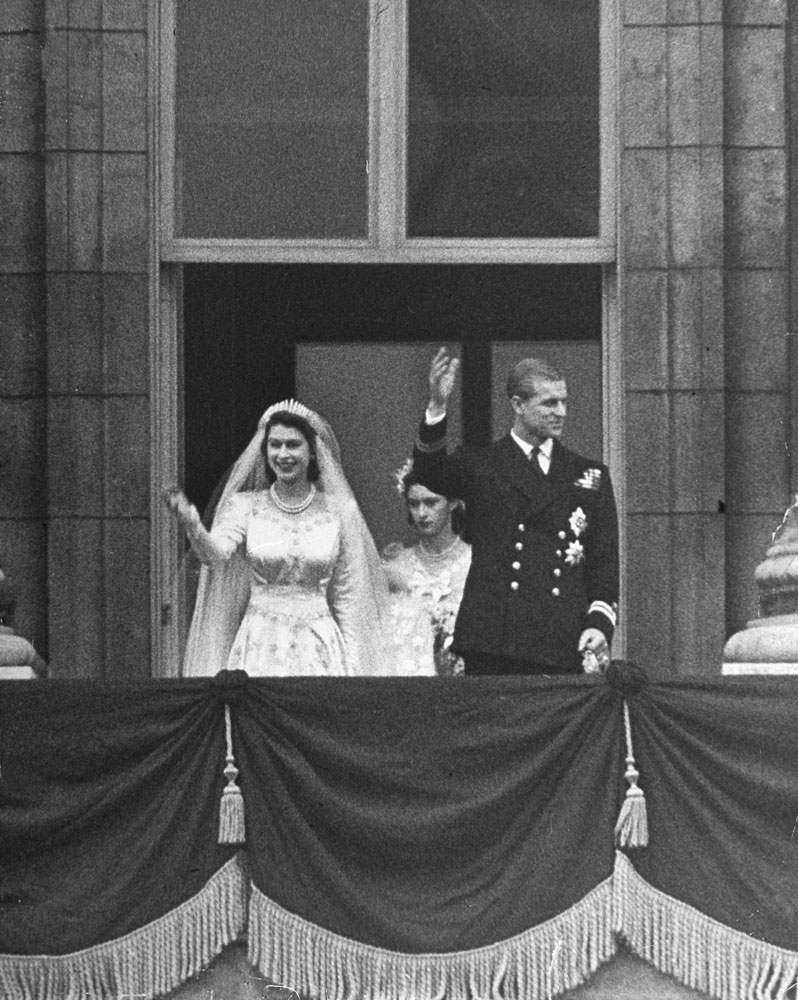

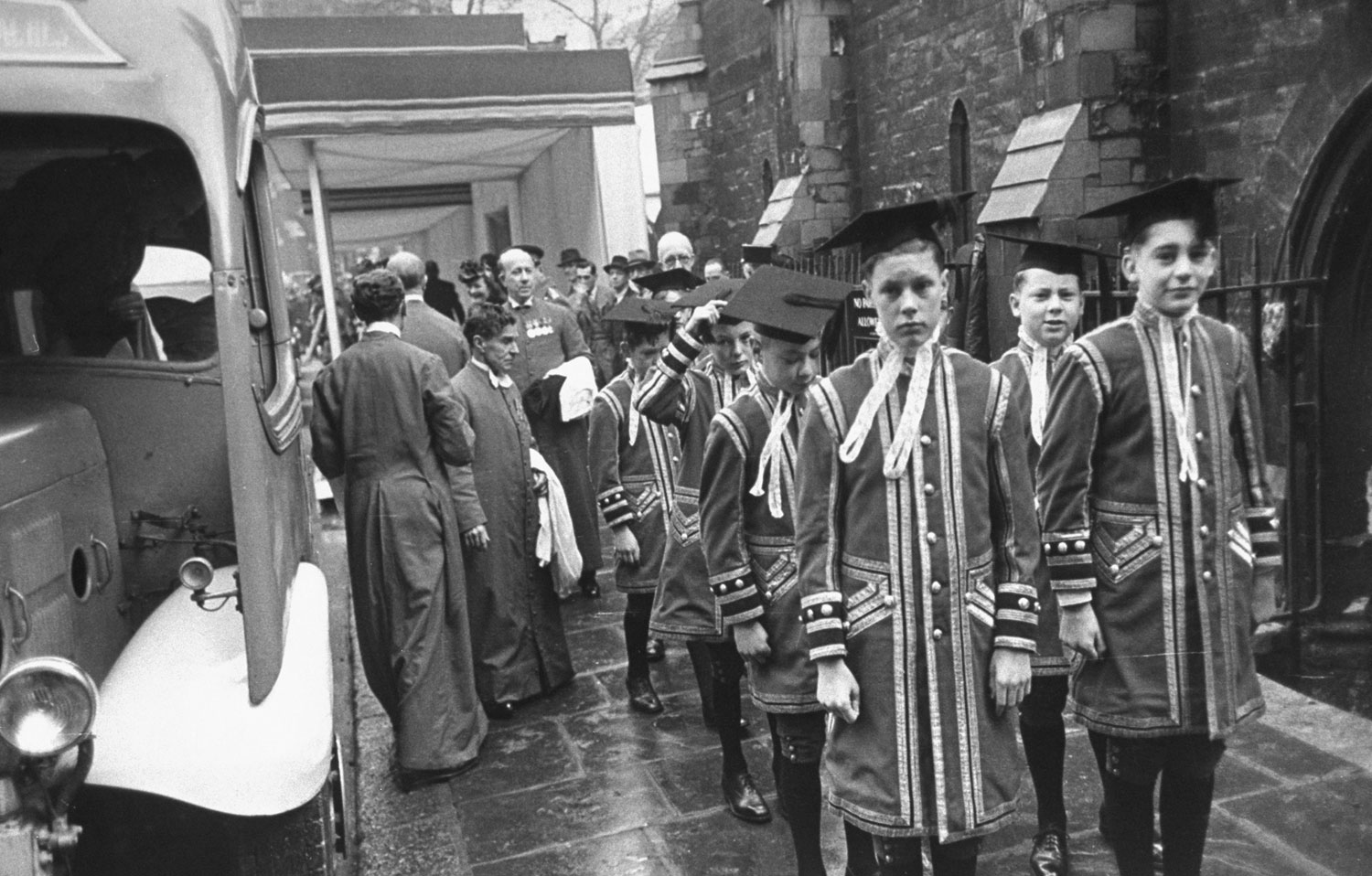


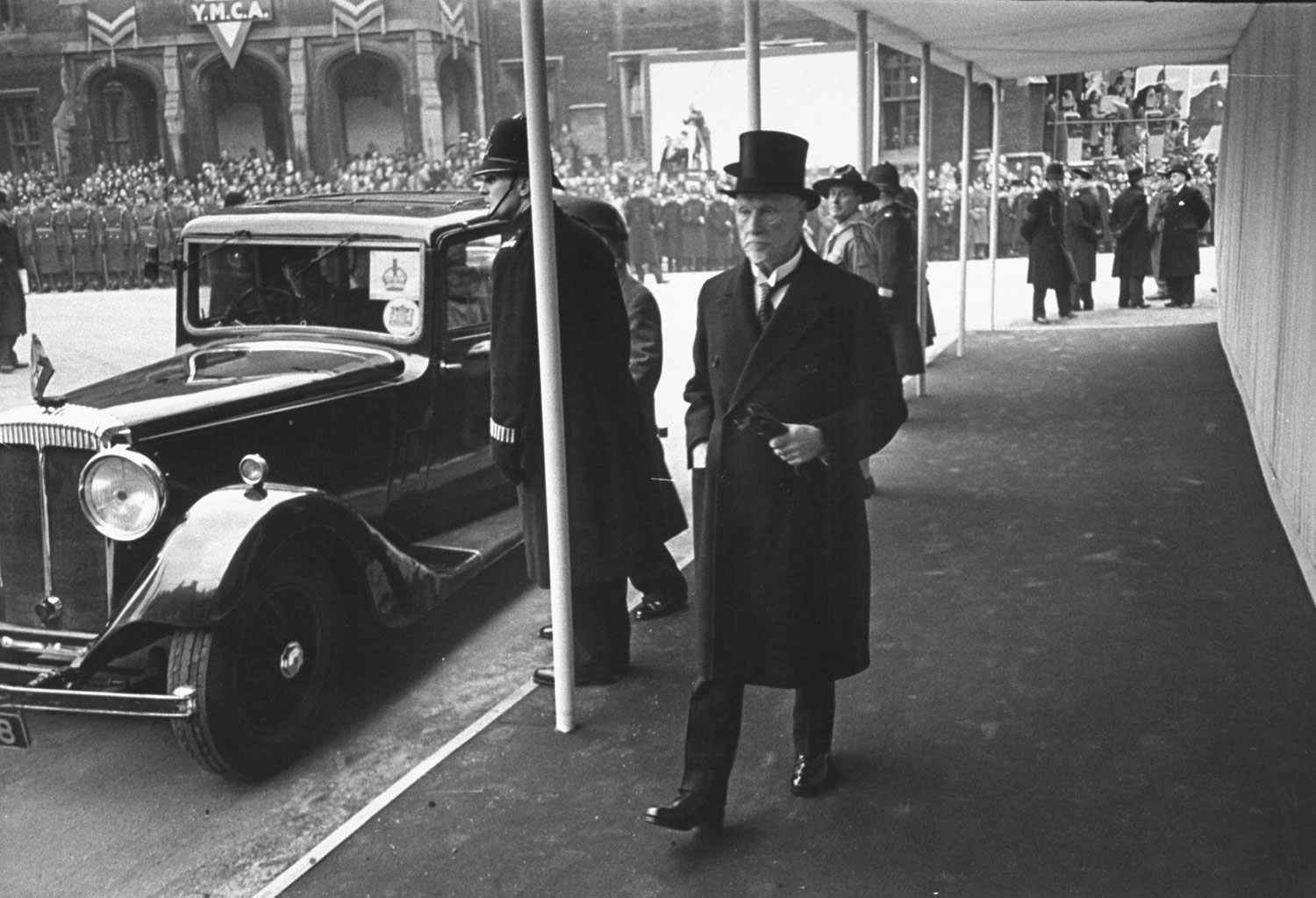




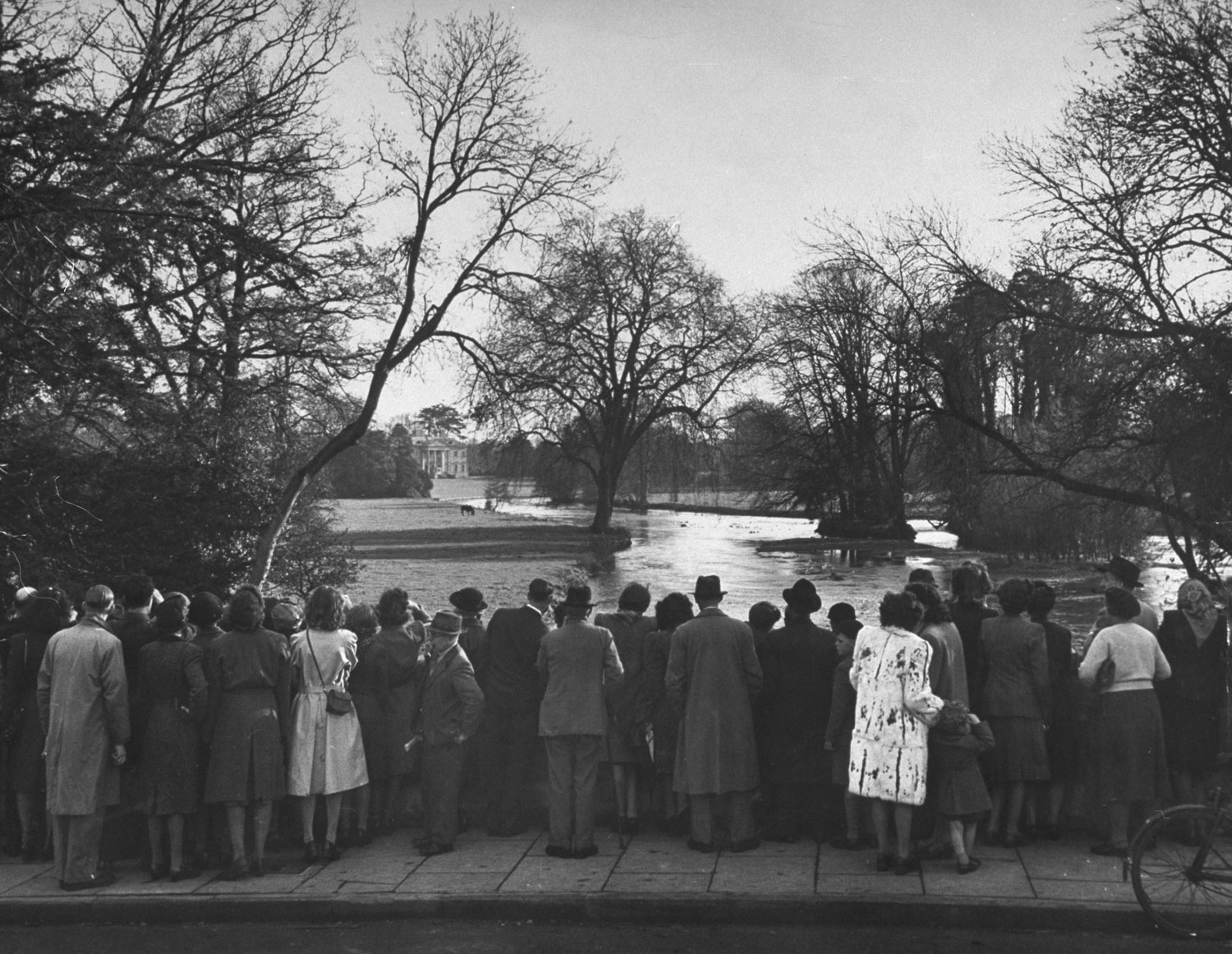
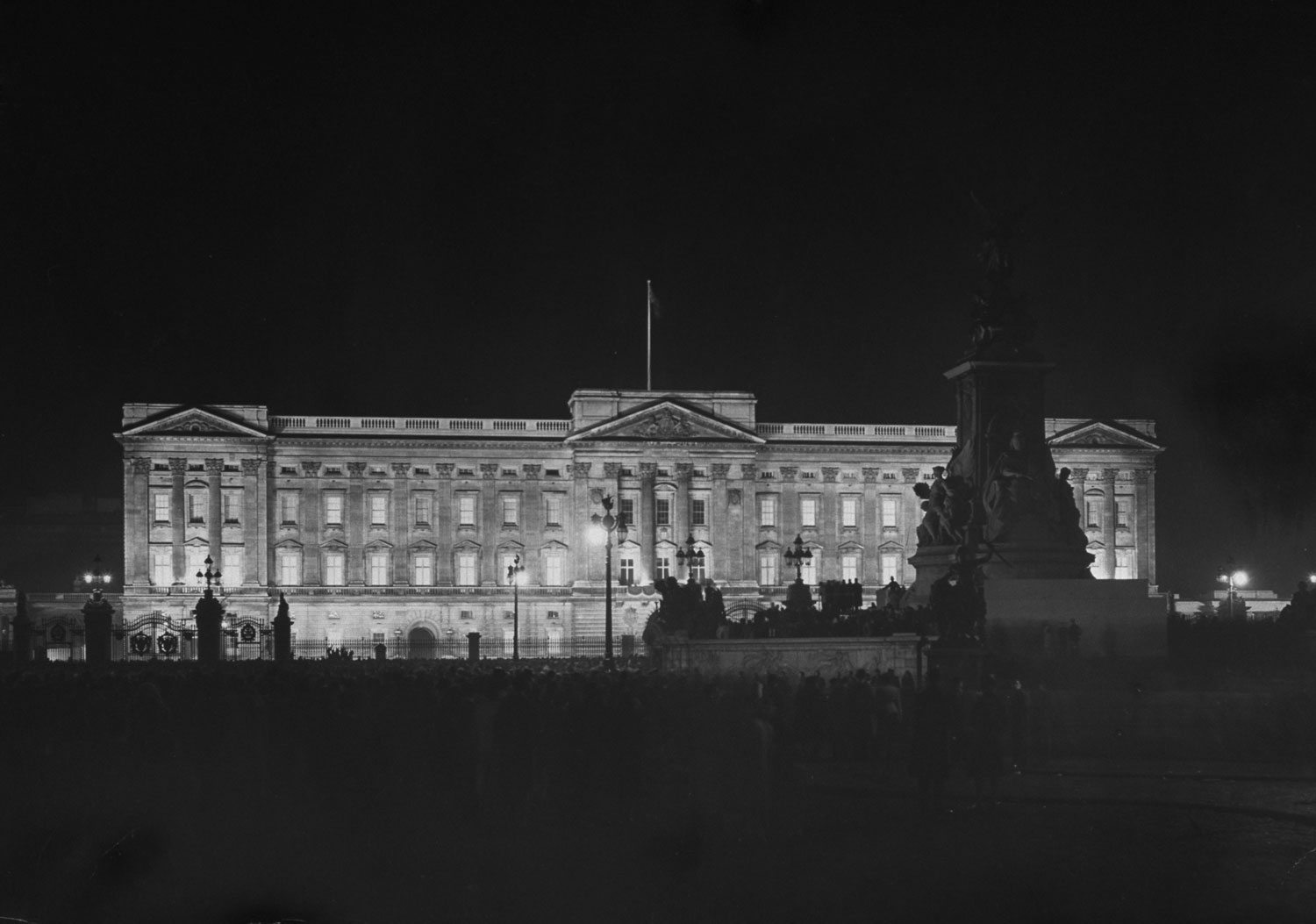
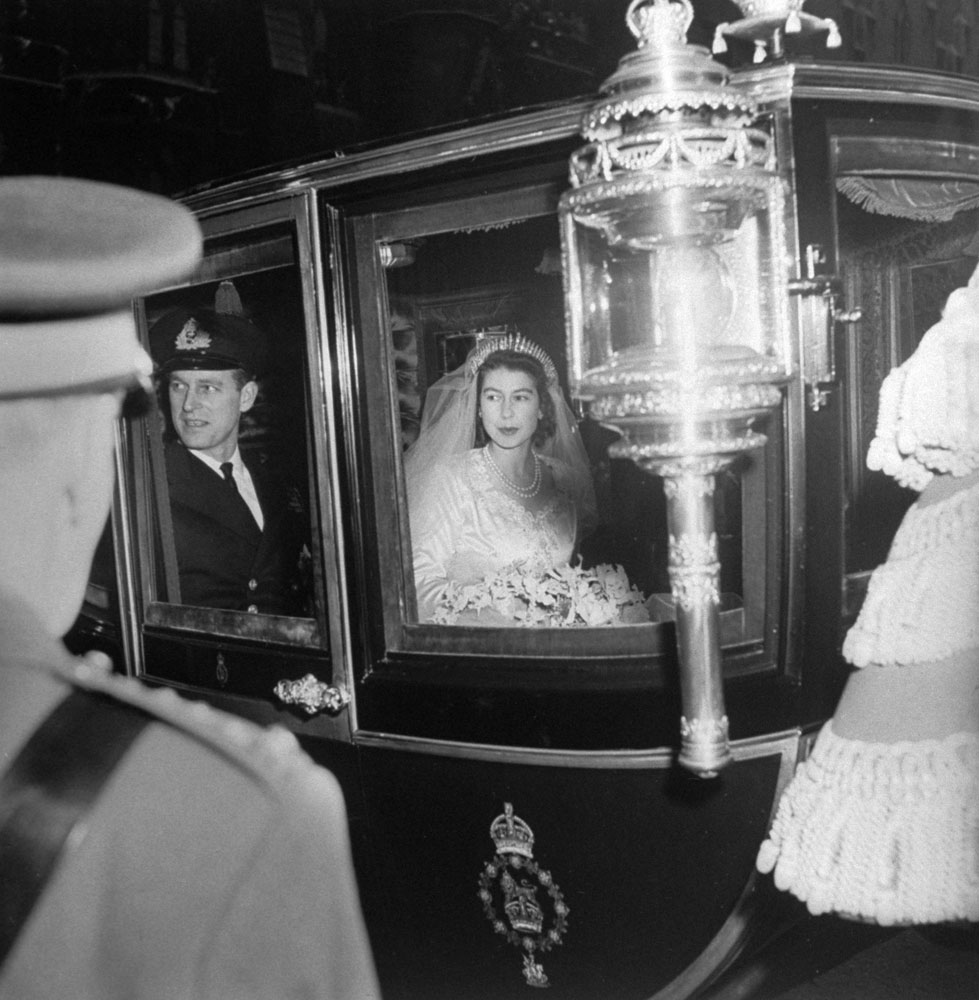

From Betty I got a sense of what it was like to work at Hartnell. Although she was a seamstress and not an embroiderer, the shape of her life there was the same: early mornings, focused work, short breaks brimming with tea and conversation, the excitement of the occasional famous visitor. It was Betty who told me of the royal ladies’ visit while the gown was being made, and of the difficulty she and her friends had with their curtseys. It was Betty who described the last moments before the gown, train and veil were packed away for the short journey to Buckingham Palace, and how Miss Halliday allowed every woman there, even the most junior apprentice, to place one small stitch in the gown, so that all could say they had worked on the princess’s finery. It was Betty who told me of Mr. Hartnell’s personal warmth, charm and unfailing good humor; and also of Queen Elizabeth’s sparkling blue eyes and musical laugh.
After our day together I remained in touch, sometimes phoning Betty when I had questions, more often emailing her granddaughter Belle, who relayed my questions and Betty’s answers. When early copies of The Gown were ready, I sent her one — and then held my breath until I knew it had arrived safely in England and that she was happy with the story I’d told.
I’m not exaggerating when I say I wouldn’t have been able to write The Gown without Betty Foster’s help. From Betty I learned how little the women were paid, but how proud they were of their work. I learned how close they became and remained, even under the spotlight of a royal wedding. And it was from Betty that I found the courage to tell my heroines’ stories with honesty, humor and — above all — deep gratitude to the real women whose unsung labors created a wedding gown fit for a future queen.

Jennifer Robson is the author of the forthcoming novel The Gown.
More Must-Reads from TIME
- Donald Trump Is TIME's 2024 Person of the Year
- Why We Chose Trump as Person of the Year
- Is Intermittent Fasting Good or Bad for You?
- The 100 Must-Read Books of 2024
- The 20 Best Christmas TV Episodes
- Column: If Optimism Feels Ridiculous Now, Try Hope
- The Future of Climate Action Is Trade Policy
- Merle Bombardieri Is Helping People Make the Baby Decision
Contact us at letters@time.com